Description of Arabella variety clematis, planting technology and care
Clematis of the Arabella variety is an achievement of English breeders; it has gained wide popularity in the CIS countries. The flower has a marvelous beauty, creates a magical atmosphere in the garden. The variety does not require painstaking care; even an inexperienced gardener can handle its cultivation. Before planting, you should know all the features of the plant.
Description and characteristics
The flower belongs to the subspecies Integrifolia, which in Latin means “whole-leaved”. In the Arabella variety, the leaves are not dissected, as in its counterparts, they are covered with pubescence. Bushes are able to form a regular, semi-raised ball of densely overgrown shoots. They cannot cling to the support, they must be tied up constantly. For this reason, clematis is often allowed to grow as a ground cover crop. The length of the shoots is about 1.5-2 meters, sometimes they reach 3 meters.
Clematis blooms on the branches of the current year, belongs to the 3rd pruning group. At the start of blooming, the buds become saturated, blue-purple in color. As the pollen grows, the color turns pale, more like a lavender shade. The petals are elongated, separated from each other, 4-8 pieces each. The middle with cream-colored stamens turns yellowish when opened. The inflorescences are large, 7.5-9 cm.
Pollen starts early, depending on the growing area, it falls in June. Clematis blooms for a long time, until September or October, when the weather is warm. After showers, the bushes lose their attractiveness for a while. When new branches with buds appear from the buds, pollen continues in all its glory again. The plant can withstand cold temperatures down to -30 degrees, short-term drought.

Advantages and disadvantages of clematis
The Arabella variety of clematis suggests many positive qualities, but there are also a number of disadvantages.
| pros | Minuses |
| Resistance to frost, drought | Poor shade tolerance |
| Long flowering period | |
| Resistance to diseases, beetles | |
| Unusual shape, shade of flowers |
The subtleties of planting flowers
Clematis Arabella should be planted in an appropriate place, observing the timing, adherence to soil requirements. It is important to adhere to agrotechnical rules when planting.
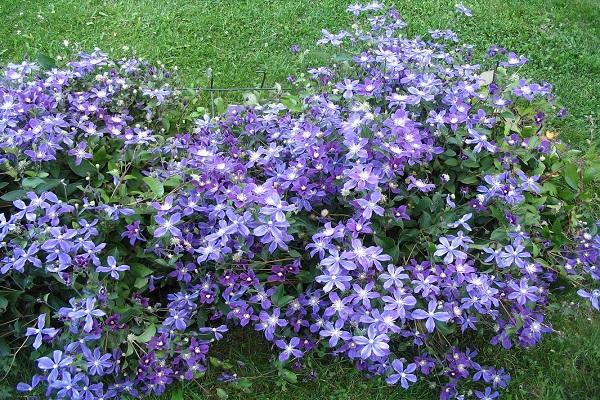
Choosing a place and time for boarding
All clematis prefer to grow in a sunlit area protected from the winds, but landing in partial shade is also allowed. Due to the peculiarities of their growth, Arabella can also be planted in a pots, basket or grown as an ampelous flower. Clematis is widely planted in the garden, but the roots should receive good drainage. Planting work can be carried out from April to October, especially if seedlings with a closed rhizome. It is better to grow rooted petioles in a separate container. In the first month, the plant requires partial shade, abundant watering.
Selection of seedlings
Seedlings should be bought from trusted sellers, they should be strong, without flaws. It is recommended to take petioles with dormant healthy buds, they take root better. They are stored in the refrigerator until disembarkation. They also buy seedlings with a closed rhizome in containers with green stems 1-2 weeks before planting.
When choosing seedlings with open roots, pay attention to the presence of 2-3 live buds or 5 rhizome processes.
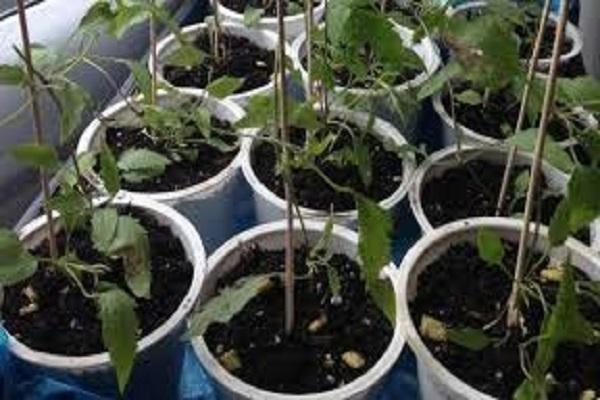
What the earth should be
Clematis Arabella prefers to grow on fertile loams. You can plant it in loose, breathable earth with a neutral reaction. Before planting, the soil is loosened, leveled. It is recommended to immediately position the support.
Planting algorithm
When clematis is planted in open soil, humus, wood ash and superphosphate are added to the holes. They should be 20 cm deep. The root collar of the seedlings is buried by 5 cm. A 20 cm drainage layer of crushed stone or expanded clay is laid on the bottom of the hole.

Care advice
It is not difficult to take care of clematis; more problems are caused by its regular need for a garter to a support. It is also necessary to periodically water the plant, fertilize, mulch, cut, treat from beetles and diseases.
Top dressing and watering
Clematis Arabella prefers frequent watering, water is applied once a week. It is important not to flood the rhizomes during irrigation. Fertilize the culture from the 2nd year after planting, 3-5 times during the growing season. During active growth, nitrogen is added, and during budding, the seedlings are fed with complex mineral compositions. After pollen, potassium and phosphorus are added.
Mulching
Clematis rhizomes do not like heat, dryness. To preserve moisture and heat, after planting, the root circle is abundantly mulched with compost, straw and humus. In the future, it is necessary to update the layer once every two months.

Circumcision
The variety belongs to the 3rd group of pruning, they form the plant thoroughly. After the procedure, only small stumps should remain from the stems - 15-20 cm long stumps with 2 buds. The event is held in November, after the leaves fall.
Wintering
A variety of clematis can withstand frosts, but it is advisable to sprinkle the shoots with organic matter.
For greater protection, cover the plant with any non-woven cloth like burlap.
Pest and disease control
Clematis Arabella is practically not exposed to invasions of insects, diseases, subject to proper care. As a preventive measure, you can treat it with Fitosporin solution, and Fitoverm bioinsecticide is effective against beetles.
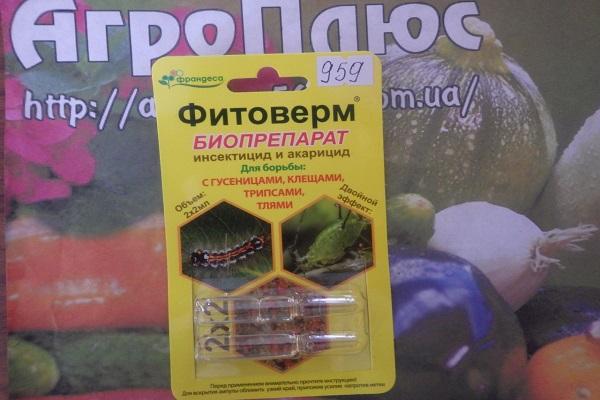
Breeding methods
The culture is propagated by the vegetative method - by cuttings, layering, dividing the bush.
- Cutting is an easy, affordable method for propagating clematis. The only negative is that the petioles take root slowly, tightly.
- Reproduction by layering involves the separation of the daughter plant from the parent bush before pruning, at the end of October. This option is the most optimal.
- Dividing a bush is also considered an affordable way, but it does not make it possible to get a lot of seedlings at once.
Professional gardeners resort to inoculating clematis, but this method is not suitable for beginners.
Using Arabella in garden decor
Clematis Arabella, due to its gorgeous flowering, can be used as a ground cover design. It is planted in flower beds, ridges, or for padding rose bushes. When decorating a summer cottage, the entire length of the plants is used, they are grown on supports. Clematis are harmoniously combined with perennials with a short period of pollen, coniferous shrubs. Flowers are often used to decorate balconies and attics.

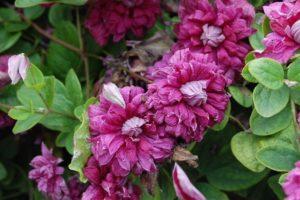






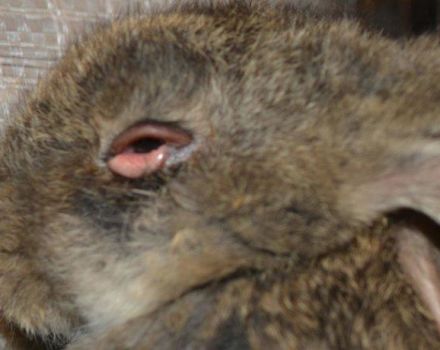
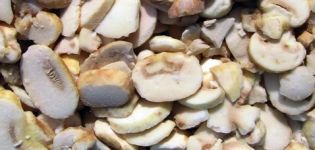
Clematis really grows better in the sun, but I don't agree with fertilization. On the contrary, I fertilize right from the moment of planting in the ground until the end of the years, so it grows much faster and the flowering is abundant.